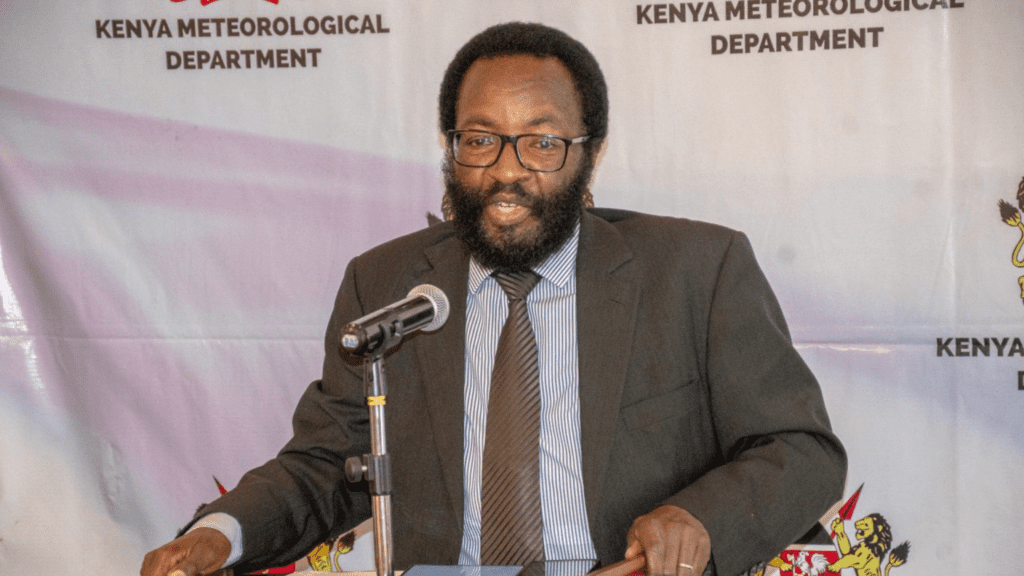The Kenya Meteorological Department (KMD) has confirmed the onset of the March-April-May (MAM) long rains season, highlighting key conditions that define the official start of the wet period.
First, a wet spell must occur, characterized by at least 20mm of accumulated rainfall over three consecutive days. Secondly, this must be followed by a period without a dry spell—defined as at least seven days of little or no rainfall—within the next 21 days.
“For the northern part of the country, the accumulated rainfall should be at least 10mm over three consecutive days,” Gikungu stated.
According to KMD, rainfall recorded between March 10 and March 16 marked the beginning of the MAM 2025 season in several regions, including the Highlands West of the Rift Valley, the Lake Victoria Basin, parts of the Rift Valley, Nairobi, and isolated areas in the Highlands East of the Rift Valley, Southeastern lowlands, and Isiolo County.
Gikungu noted that the remaining parts of the Highlands East of the Rift Valley and the Southeastern lowlands are expected to experience the onset of the rainy season this week.

The Northeastern region is also expected to receive its first major rains between March 18 and March 24, with more areas experiencing rainfall between March 25 and March 31. However, KMD warned that this could be followed by dry spells.
Meanwhile, the Northwestern and Coastal regions will experience occasional rainfall during the remainder of March. However, this may not meet the criteria for the official onset of the season.
“The peak of the season in the coastal region is expected to occur in May. The onset is likely to occur in April in both regions,” Gikungu explained.
According to KMD’s weekly forecast, rainfall is expected to continue in several parts of the country, with isolated heavy downpours likely in specific areas.
Regions expected to receive significant rainfall include the Highlands East and West of the Rift Valley, including Nairobi, the Lake Victoria Basin, the Rift Valley, the Southeastern lowlands, and Northeastern Kenya.
Residents in these areas have been advised to stay alert and take necessary precautions as the rains intensify.
In a statement on March 17, Kenya Met Director Dr. David Gikungu explained that the onset of the MAM season is determined by two key factors.








